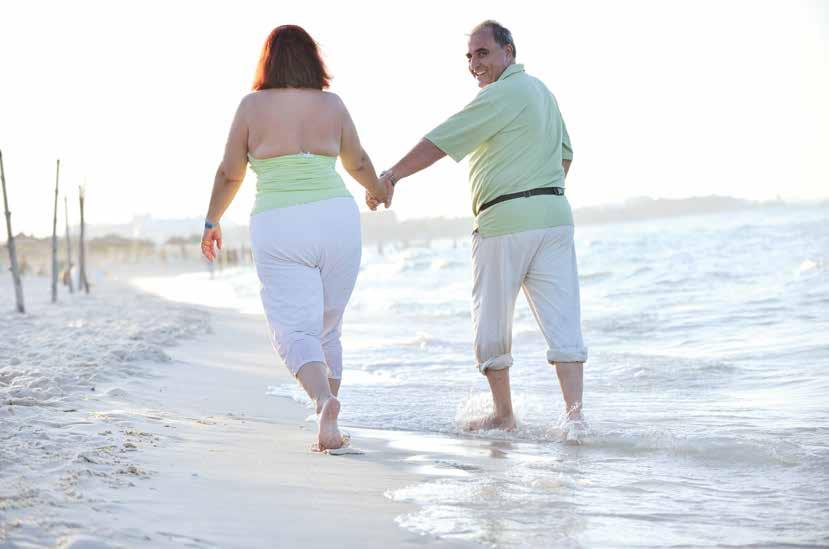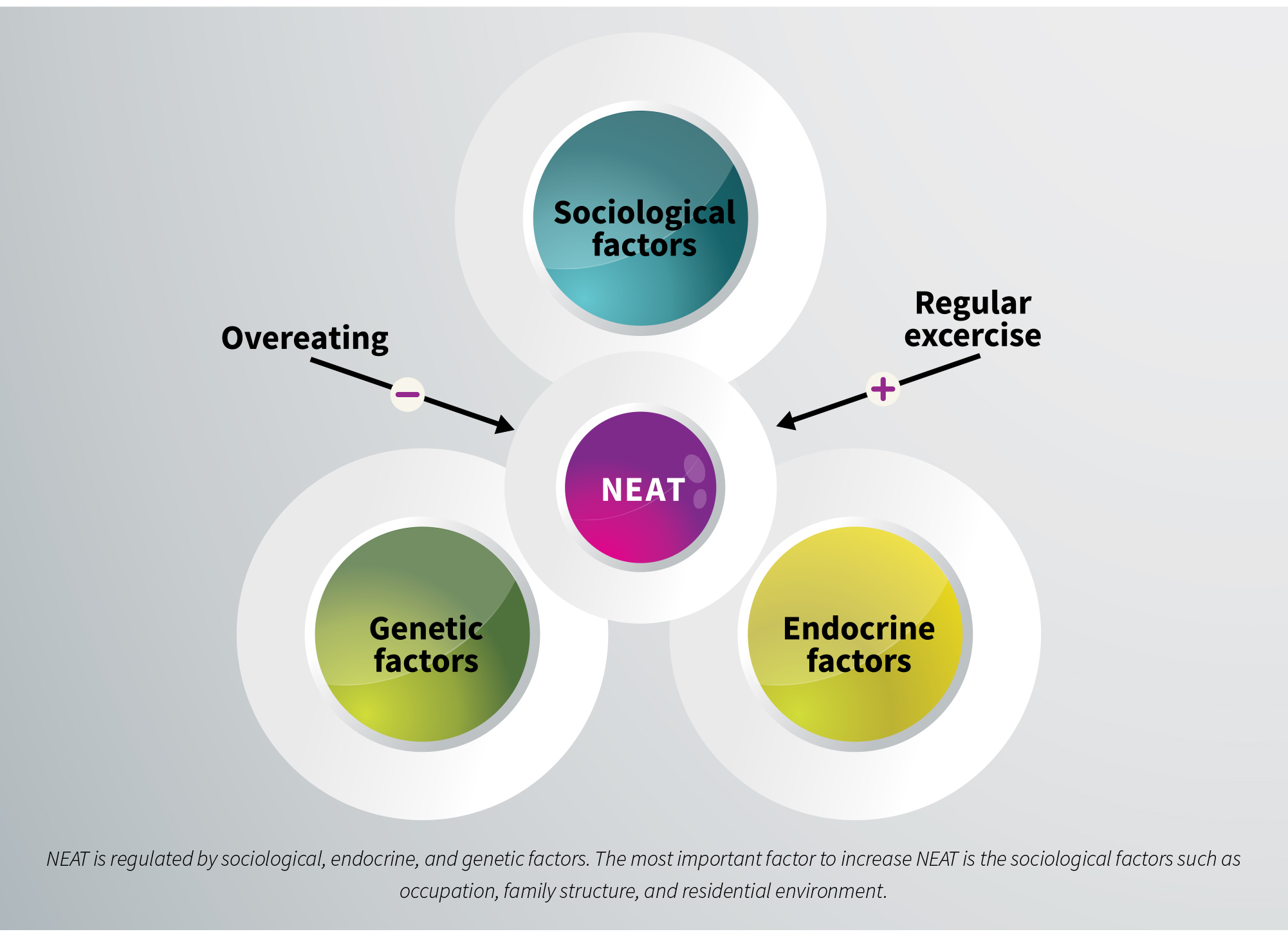Dr Hidetaka Hamasaki, Md, Phd – A Neat Way To Prevent And Fight Diabetes

The chances of patients developing cardiovascular and metabolic diseases are dramatically increased if they are overweight. In 2012, the International Diabetes Federation found that more than 400 million people worldwide have diabetes. In 2015, the Federation estimated that this figure was 415 million people, of which 90% are affected by type 2 diabetes. By 2030, the number of patients suffering from diabetes will reach more than half a billion people. More than three quarters of these individuals live in Western countries, where the incidence of type 2 diabetes has been constantly increasing during the past few years. On a worldwide scale, almost five million patients succumb yearly to the consequences and complications of the disease. Type 2 diabetes is caused by insulin resistance, a condition preventing cells to respond appropriately to the release of insulin in the body. Having diabetes more than doubles the lifetime risk of early death.
Scientists have been able to confirm that the causes of type 2 diabetes are insufficient physical exercise and excessive body weight. To be exact, the patients with diabetes are those with increased abdominal fat and with diets containing high levels of lipids and sugars. The World Health Organisation defines overweight individuals to be those with a body mass index of over 25, while those with a body mass index over 30 are considered obese. At the same time, the disease is diagnosed based on abnormally high levels of sugar in blood plasma. What is worrying for scientists is that more than 65% of people living in the United States and Europe are overweight or obese. Currently, almost a tenth of the adult population of the world is affected by the disease, in equal proportions of men and women.
One of the major problems for diabetes patients is that they have lower physical stamina than healthy individuals. In other words, it is more difficult for them to maintain the healthy exercise level that is recommended by physicians to keep their disease in check. Against this backdrop, Dr Hidetaka Hamasaki became interested in defining finding better ways for diabetes patients to augment their lifestyles and disease fighting routines. ‘The recommended intensity and duration of exercise, which is at least 150 minutes per week of moderate to vigorous intensity aerobic exercise combined with resistance training, may be a considerable physical burden to older patients with type 2 diabetes or with diabetic complications, and lead to cessation of exercise therapy because they have a lower physical performance threshold than healthy individuals. Non-exercise activity thermogenesis (NEAT) consists of mostly light to moderate intensity physical activity, and continues without cessation for as long as we live. To clarify the beneficial effects of NEAT on patients with type 2 diabetes will be helpful for the management of type 2 diabetes,’ he explains.
Using NEAT to Improve Patient Outcomes
Dr Hamasaki works as a physician with the Department of Internal Medicine, National Centre for Global Health and Medicine, Kohnodai Hospital, Japan. He completed his residency in medicine in 2010 and obtained his PhD in 2016 in healthcare.
His main research interests are diabetes, endocrinology, physical activity, and nonexercise activity thermogenesis. He became interested in non-exercise activity because he knew that light physical activity accounts for most of the variation in daily energy expenditure between individuals. NEAT physical activity is defined as non-exercise motion such as washing dishes, cleaning the floor, walking to work, typing, gardening, typing on a keyboard, or fidgeting. To generalise, NEAT is anything that requires spending energy and is not sleeping, eating, or doing anything similar to sports.
Although previous studies had found a link between the reduction of obesity and non-exercise activity, prior to Dr Hamasaki’s work it was not clear whether the metabolic risk factors in pre-diabetic stages and untreated early type 2 diabetes can be mitigated through this type of activity. In a series of studies, Dr Hamasaki demonstrated that non-exercise activity increases insulin sensitivity, favours waist circumference reduction, aids in lowering blood pressure in patients with type 2 diabetes, and helps increasing high density cholesterol. In order to improve the accuracy of measuring nonexercise activity undertaken daily by the patients, he and his colleagues are preparing new experiments using omnidirectional accelerometers capable of precisely determining and reporting it.
In 2013, Dr Hamasaki found correlations between the metabolic characteristics of individuals and their level of non-exercise activity in a study on 45 Japanese type 2 diabetes patients. ‘We studied 45 subjects who did not take any hypoglycemic, anti-hypertensive, or cholesterol-lowering agents and asked them about NEAT using an original questionnaire modified from a compendium of physical activities. We studied the association of the NEAT score to body weight, waist circumference, blood pressure, glucose and lipid metabolism, and arterial stiffness,’ Dr Hamasaki told us. What they found was that a higher level of NEAT is associated with a reduction in waist circumference and lower serum insulin levels, which means an increase in sensitivity to insulin. At the same time, non-exercise activity correlates with increased high density cholesterol levels. The researchers also found that this type of activity is associated with lower blood pressure in patients with abdominal obesity. Finally, yet importantly, smokers undertaking non-exercise activities had a lower pulse wave velocity – an important indicator of cardiovascular health. When they analysed the data obtained during this study, the scientists noticed that there was a relationship between NEAT and heart rate variability. Heart rate variability depends on the health of the heart and autonomic nervous system, therefore being a crucial component of the overall health state of individuals. Although it was assumed that the relationship between NEAT and heart rate variability was mediated by the glycaemic status of patients, no such correlation was found, suggesting that more work is necessary to understand this phenomenon.
‘NEAT plays an important role for treating type 2 diabetes as well as obesity. It also has favourable associations with metabolic parameters in patients with type 2 diabetes and glucose intolerance. Stand up, and increase NEAT!’

But Dr Hamasaki wanted to make sure that the results he obtained were correct. His biggest doubt was that the methodology based on reporting activity levels via a self-assessed questionnaire was insufficiently accurate. Therefore, in order to validate the results he had obtained in 2013, he started a new study with the purpose of comparing automated measurement and reporting methods with the questionnaires he had previously used. To do so, he measured the level of non-exercise activity by triaxial accelerometers and selfadministered questionnaires simultaneously, and then he compared the two sets of data. By this procedure, he was able to confirm that the questionnaire answers are highly correlated with the results reported by accelerometry, and therefore they can be used in clinical practice on a regular basis.
Dr Hamasaki continued his activity with three more studies resulting in several significant findings regarding the relationship between non-strenuous activities and cardiovascular and nervous system health. By studying 80 Japanese adults, the first study collected data regarding the daily physical activity and metabolic risk factors in patients with prediabetes or untreated early type 2 diabetes. During this study, the information was taken via triaxial accelerometers. After accounting for age and weight, Dr Hamasaki was able to confirm that non-exercise activity was associated with smaller waist circumference, lower triglycerides and insulin. Additionally, the study found significant differences between genders. In men, higher levels of physical activity decreased systolic blood pressure and fasting plasma glucose. However, no significant associations were found between physical activity level and metabolic risk factors in women. Although non-walking activities improved the health of both genders, men had significantly greater energy expenditure from walking than women.
Dr Hamasaki continued his work with a study on 60 patients without diagnosed heart failure and renal impairment. He describes the motivation behind the study: ‘In spite of accumulating evidence suggesting an inverse association between insulin resistance and plasma B-type natriuretic peptide (BNP) levels, the effect of daily physical activity on plasma BNP in individuals with glucose intolerance remains unknown. We investigated the association of physical activity level (PAL) with plasma BNP in patients with impaired fasting glucose, impaired glucose tolerance and type 2 diabetes. Our findings propose the possibility that plasma BNP may be increased by daily physical activity and that BNP is associated with insulin resistance.’
 A paper published by Dr Hamasaki’s colleagues, called ‘Nonexercise Activity Thermogenesis in Obesity Management’, explains several key factors of NEAT. Firstly, a strong case is made for using non-exercise activity due to the worldwide obesity pandemic and this argument is supplemented by showing the daily energy expenditure that can be obtained through this type of intervention. In this paper, the mechanism of action and how NEAT changes the brain for the better, and the multiple benefits of non-exercise activity are presented. Because of its structure and language, the paper is accessible to a general public and, moreover, it is available online as open access, thus making a good lecture for all those interested in diabetes intervention.
A paper published by Dr Hamasaki’s colleagues, called ‘Nonexercise Activity Thermogenesis in Obesity Management’, explains several key factors of NEAT. Firstly, a strong case is made for using non-exercise activity due to the worldwide obesity pandemic and this argument is supplemented by showing the daily energy expenditure that can be obtained through this type of intervention. In this paper, the mechanism of action and how NEAT changes the brain for the better, and the multiple benefits of non-exercise activity are presented. Because of its structure and language, the paper is accessible to a general public and, moreover, it is available online as open access, thus making a good lecture for all those interested in diabetes intervention.
In 2016, Dr Hamasaki published a paper showing that patients with mental disorders can gain major benefits from non-exercise activity. It is well known that such patients are less able to take care of their health and often have worse metabolic situations than patients without mental disorders, which is why NEAT methods could prove a valuable aid to them. Dr Hamasaki studied 150 type 2 diabetes patients out of which 50 also had a mental illness, such as schizophrenia or mood disorders, between September 2010 and September 2014. Although the levels of non-exercise activity in mentally ill patients were much lower than those of patients who only had diabetes, the results suggested that NEAT would be beneficial for the management of obesity, insulin sensitivity, and lipid profiles in patients with mental disorders. In particular, patients with schizophrenia showed an increase in high density cholesterol and a decrease in the levels of glycated haemoglobin, an important marker of how well diabetes is controlled. Earlier this year, Dr Hamasaki also found a correlation between handgrip strength and non-exercise activity thermogenesis in patients with type 2 diabetes.
Next Steps
Although Dr Hamasaki made several important findings showing the benefits of non-exercise activity to patients with metabolic ailments, there is still a lot to be done in the future. ‘We still don’t know how to accurately measure NEAT under free-living; should we use accelerometry, the doubly labelled water method, or a completely new method? We are still investigating how to better make NEAT interventions, for example what works best between a medical recommendation and a supervised program,’ Dr Hamasaki explains. ‘Dr Shigeho Tanaka and I are working on the intervention study of NEAT measured by a triaxial accelerometer in patients with type 2 diabetes. To elucidate the effects of NEAT on type 2 diabetes is a challenge for the future.’
Meet the researcher

Dr Hidetaka Hamasaki, MD, PhD
Medical doctor and researcher
Hamasaki Clinic
Kagoshima, Japan
Dr Hidetaka Hamasaki is a staff physician at the Department of Internal Medicine, National Centre for Global Health and Medicine, Kohnodai Hospital, Japan. Starting from April 2017, he will take his position as the Director of the Hamasaki Clinic. Dr Hamasaki received his PhD in general internal medicine in 2016 from the Jichi Medical University Graduate School with a thesis in community healthcare studies. After completing his residency in internal medicine between 2008 and 2010 with the National Hospital Organization Yokohama Medical Center, he continued his professional career with the Fellowship in Diabetes and Endocrinology at the Department of Diabetes and Endocrinology, National Centre for Global Health and Medicine, Tokyo, Japan. His major research interests are in diabetes, endocrinology, geriatrics, physical activity, and non-exercise activity thermogenesis (NEAT). During the past 5 years, he authored almost 50 scientific papers focussed on the biochemistry and phenomenology of metabolic disease. Among other societies, he is a member of the American College of Physicians, Japanese Society of Internal Medicine, and Japan Diabetes Society.
CONTACT
T: +81 99 250 3535
W: https://www.researchgate.net/profile/Hidetaka_Hamasaki
KEY COLLABORATORS
Hidekatsu Yanai, Department of Internal Medicine, National Center for Global Health and Medicine Kohnodai Hospital, Chiba, Japan
Osamu Ezaki, Graduate School of Life Sciences and Institute of Women’s Health Science, Showa Women’s University, Tokyo, Japan
Shigeho Tanaka, Department of Nutritional Science, National Institute of Health and Nutrition, National Institutes of Biomedical Innovation, Health and Nutrition, Tokyo, Japan
REFERENCES
H Hamasaki, O Ezaki, H Yanai, Nonexercise Activity Thermogenesis is Significantly Lower in Type 2 Diabetic Patients With Mental Disorders Than in Those Without Mental Disorders: A Cross-sectional Study, Medicine (Baltimore), 2016, 95, e2517.
H Hamasaki, H Yanai, M Kakei, M Noda and O Ezaki, Higher daily energy expenditure by locomotive activities is favorably associated with cardiac autonomic nervous function and arterial stiffness, International Journal of Cardiology, 2015, 194, 70–71.
H Hamasaki, M Noda, S Moriyama, R Yoshikawa, H Katsuyama, A Sako, S Mishima, M Kakei, O Ezaki and H Yanai, Daily Physical Activity Assessed by a Triaxial Accelerometer Is Beneficially Associated with Waist Circumference, Serum Triglycerides, and Insulin Resistance in Japanese Patients with Prediabetes or Untreated Early Type 2 Diabetes, Journal of Diabetes Research, 2015, 526201.
H Hamasaki, H Yanai, M Kakei, M Noda and O Ezaki, The validity of the non-exercise activity thermogenesis questionnaire evaluated by objectively measured daily physical activity by the triaxial accelerometer, BMC Sports Science, Medicine, and Rehabilitation, 2014, 6, 27.
H Hamasaki, H Yanai, M Kakei, O Ezaki, and M Noda, Non-exercise activity thermogenesis is associated with markers for diabetic microangiopathy in Japanese female patients with type 2 diabetes, International Journal of Cardiology, 2013, 168, 4836–4837.
H Hamasaki, H Yanai, S Mishima, T Mineyama, R Yamamoto-Honda, M Kakei, O Ezaki and M Noda, Correlations of non-exercise activity thermogenesis to metabolic parameters in Japanese patients with type 2 diabetes, Diabetology & Metabolic Syndrome, 2013, 5, 26.

